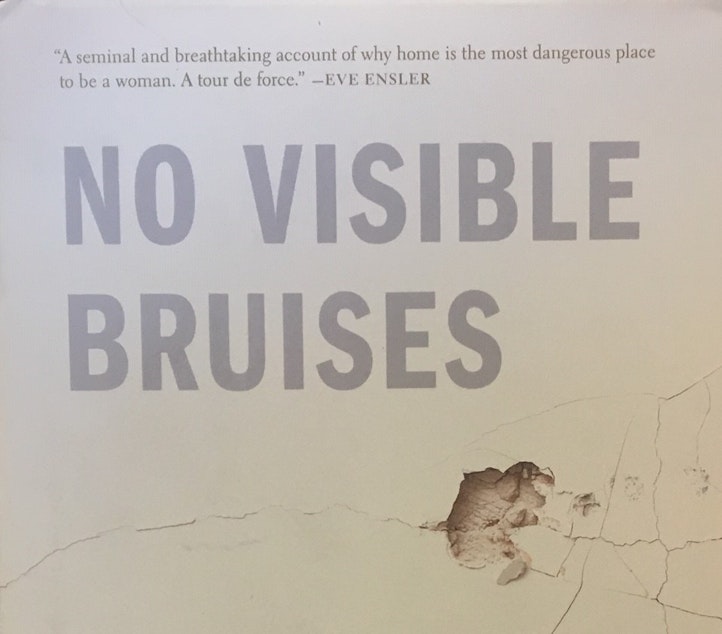Journalist: What we don't know about domestic violence can kill us

One in four women, one in nine men.
That’s how many people in the U.S. are affected by domestic violence, which accounts for 15% of the violent crime in the country.
Journalist Rachel Louise Snyder shines a light on the epidemic in her book, “No Visible Bruises: What We Don’t Know About Domestic Violence Can Kill Us.” She spoke with KUOW’s Marcie Sillman on KUOW’s The Record about the myths behind it.
Marcie Sillman interviews Rachel Louise Snyder on May 21, 2019.
Sponsored
Interview highlights
Issues with the term “domestic violence”
It’s a problematic term, not only in its abstraction, but in its refusal to look at the many different constellations of domestic violence. I think our image is very heteronormative, so it doesn’t capture LGBTQ relationships that are problematic, or men who can be victims, or women who abuse their children. But it is also the only term we have that has any kind of common understanding.
Researchers today call it “intimate partner terrorism.” And that also leaves out certain constellations of people, but I think that “terrorism” in some ways is a closer definition of what we’re seeing in these relationships.
Sponsored
Myths around domestic violence
One of the things I try to do in the book is upend so many of the myths I myself once held. For example, that victims don’t leave. They do leave. They leave all the time. Leaving is a process, not an event.
Or that someone who is violent has no interest in being non-violent.
Or that shelter is an adequate response. If someone came into your home and burgled your home, and you called the police and the police came and said, “This is terrible, we’re so sorry for your burglary, but we’re going to have to take you out of your house now. And by the way the burglar is going to continue to live in your home” – that is in essence what we’re doing with domestic violence victims.
We should build more protections into our systems to keep victims in their own homes and in their own communities. And those might be things like putting a perpetrator on GPS, changing the locks, doing extra drive-bys.
Sponsored
The surprising way resources for victims are measured
One of the things researchers look at is the homicides of men from state to state as a way to gauge whether or not domestic violence programs and resources in any given state are working. Because in those states women don’t have to retaliate with homicide to get out of an abusive relationship if there are other resources.
It was mind-blowing to hear that.
Produced for the web by Kara McDermott




